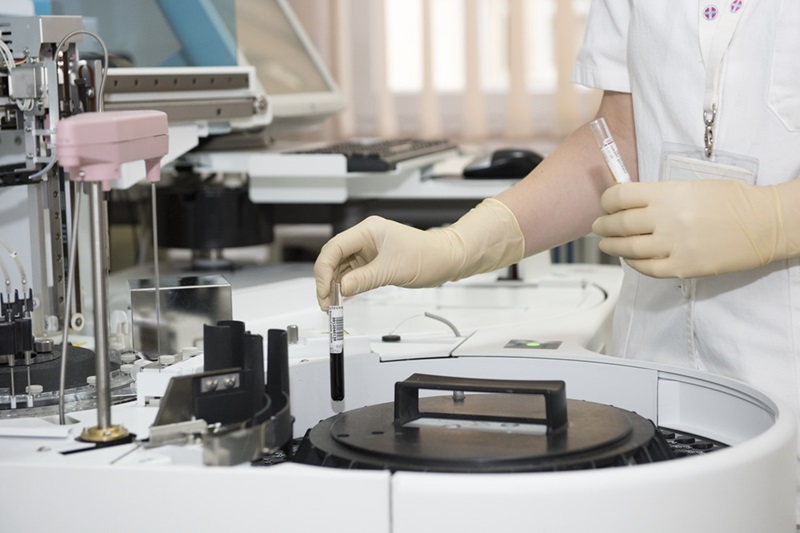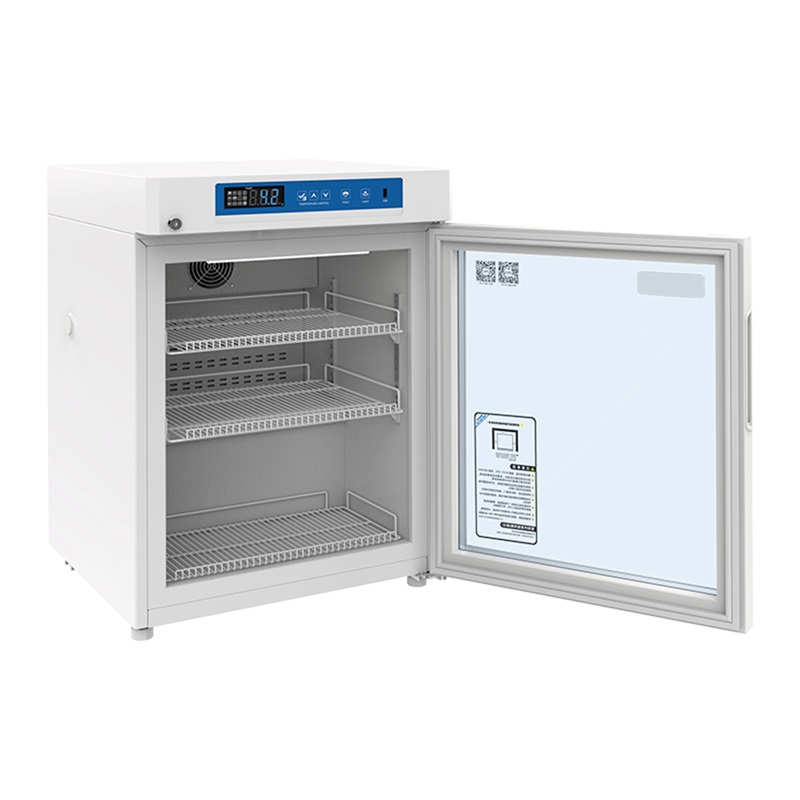How Pharmaceutical Refrigeration Systems Enhance Drug Efficacy and Safety

Introduction
Welcome to a behind-the-scenes look at an unsung hero in the pharmaceutical industry: refrigeration systems. When it comes to safeguarding the efficacy and safety of our medications, have you ever wondered how they’re stored and handled before they reach your local pharmacy? Could the way a drug is stored alter its effectiveness or risk profile? Is there more to a medicine than what’s listed on the label?
These are precisely the questions this blog post will explore, revealing how a critical and often overlooked component of pharmaceutical supply—the refrigeration systems—plays a key role in maintaining drug efficacy and safety. Intrigued? Read on!
What are Pharmaceutical Refrigeration Systems?
Pharmaceutical refrigeration systems are an integral but often overlooked part of the system that delivers reliable medications to the public. These systems are designed to strictly control the storage environment of medicines, ensuring temperatures don’t fluctuate and compromise the quality or safety of the medicine. They can range anywhere from large industrial refrigeration units used in pharmaceutical warehouses to small, specialist pharmaceutical fridges found in pharmacies or hospitals.
Why are they essential?
The crucial role of pharmaceutical refrigeration systems cannot be overstated. By maintaining a consistent and ideal temperature, they are the unsung heroes preserving the potency of many medicines, from lifesaving vaccines to vital insulin doses. Beyond temperature control, these systems also mitigate against humidity, light, and other environmental factors that could affect a medicine’s performance or safety.
How do Pharmaceutical Refrigeration Systems work?
To maintain the best conditions for drug storage, pharmaceutical refrigeration systems utilise advanced technology. Most systems rely on a process known as the refrigeration cycle, a series of evaporation and condensation stages facilitated by refrigerants. This process continually cools the environment within the unit, maintaining it at a stable temperature ideal for drug storage.

The Pros of Pharmaceutical Refrigeration Systems
Pharmaceutical refrigeration systems offer invaluable features beyond their primary cooling function. They can provide real-time monitoring and alerts, prevent temperature incursions and have backup power features. Most importantly, they can enhance patients’ safety by reducing the risk of administering compromised medicines.
Potential Cons of Pharmaceutical Refrigeration Systems
While the benefits of pharmaceutical refrigeration systems are undeniable, there are potential downsides. These include the space they require, the ongoing energy use, and the associated costs. Additionally, ensuring these units function effectively requires regular maintenance and monitoring, necessary but costly tasks.
Innovative Technologies Impacting Pharmaceutical Refrigeration Systems
Emerging technologies are presenting exciting opportunities to enhance the efficiencies of pharmaceutical refrigeration systems. From AI monitoring that predicts potential malfunctions before they happen, to IoT-enabled data collection that supports real-time monitoring and capitalizes on renewable energy sources, the future of pharmaceutical refrigeration is promising.
Conclusion
Intricate, essential, and often overlooked, pharmaceutical refrigeration systems play a critical role in delivering safe and effective medications to patients. Their impact stretches across the lifecycle of medicine; from production to dispensation, these systems act as the watchguards of drug safety and efficacy. While the natural focus is often on the medicine itself, appreciating the role of pharmaceutical refrigeration systems adds a valuable perspective to our understanding of the overall pharmaceutical process. In an industry where there is no room for error, these systems and the evolving technologies that support them are defining modern pharma supply chains.